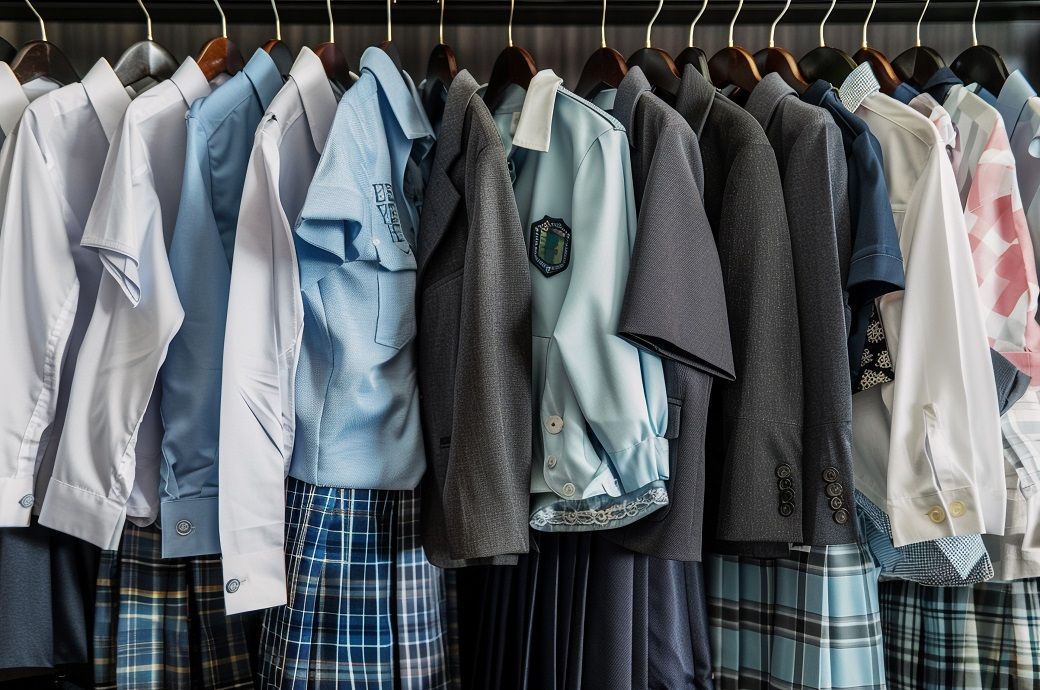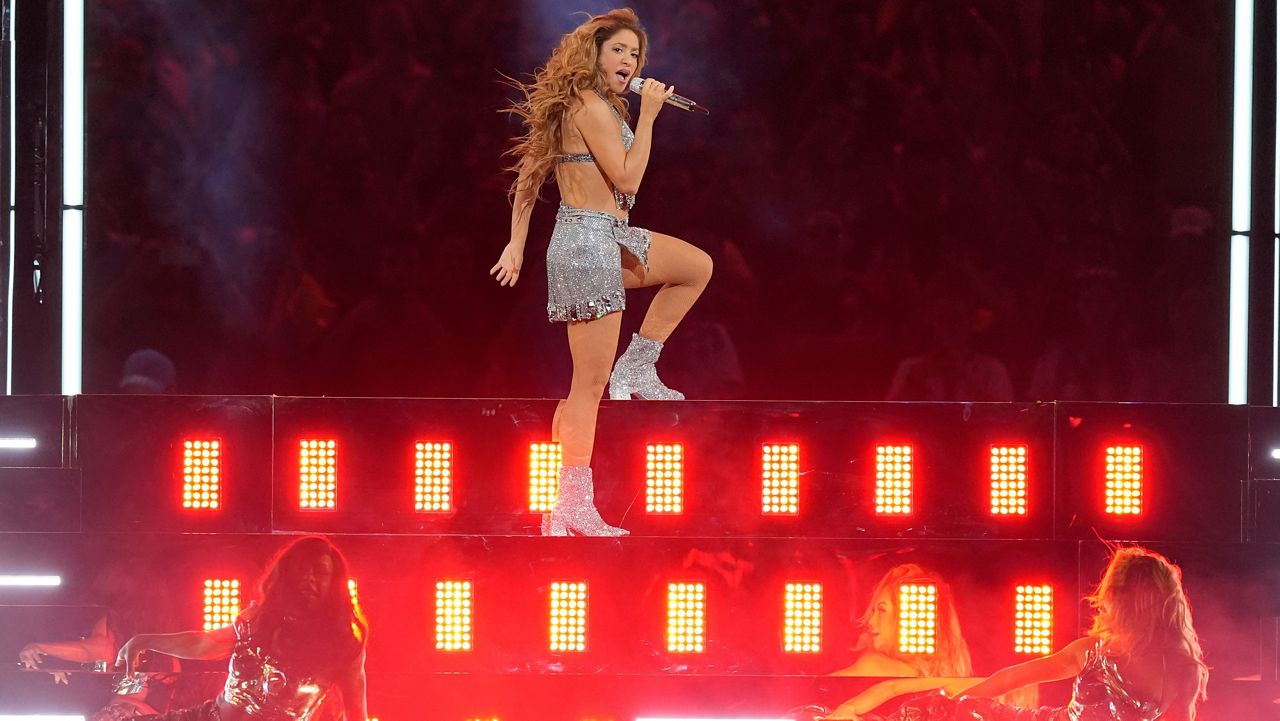Shopping
US parents plan to spend 21.8% more on back-to-school shopping in 2024

Parents in the US are preparing to significantly increase their spending on back-to-school shopping this year, with a planned rise of 21.8 per cent, far outpacing the year-over-year inflation rate of 3.4 per cent, according to JLL’s Back-to-School Shopping Report 2024.
Every major income bracket is expected to boost their spending compared to last year. Wealthier households, earning over $150,000 annually, plan the largest increase, with a 30 per cent rise in their back-to-school budgets.
The Big Three retailers—Walmart, Target, and Amazon—continue to dominate the back-to-school shopping market, with Amazon overtaking Target for the second spot. Costco and dollar stores have also gained popularity among shoppers, as per the report.
Parents with college-bound children are projected to spend significantly more per child, averaging $741, compared to those with children in K-12 education. Despite inflation concerns, parents with household incomes exceeding $50,000 will not reduce their budgets.
While more than half of parents expressed intentions to spend less than last year, this trend is mostly observed among households earning under $50,000. Low-income parents, impacted by inflation, plan to cut their spending by an average of 18.3 per cent. Those cutting back for other reasons will do so only slightly, by 2.8 per cent.
The 31.9 per cent of parents planning to increase their spending this year are driving the overall growth in back-to-school budgets, particularly those compensating for higher prices. For the first time in years, May—or even earlier—was the most popular time for starting back-to-school shopping, rather than August. By July, over 75 per cent of parents had begun their shopping. Middle-income parents ($50,000 – $150,000) were more likely to start early, while low-income shoppers typically began in July, taking advantage of prevalent sales. High-income shoppers generally started in June.
Nearly 90 per cent of parents will engage with physical stores for back-to-school shopping. Of those using a single shopping method, 10.1 per cent will go to non-mall stores. Less than 10 per cent will shop exclusively at malls or use BOPIS, curbside, or delivery, with under 1 per cent ordering solely through schools.
Parents plan to spend 63.6 per cent of their back-to-school budgets in stores rather than online, particularly high-income shoppers who will spend 70.5 per cent of their budget in physical stores. The trend towards in-store shopping is consistent across income groups, increasing with higher income levels. Parents visiting malls will allocate 68.8 per cent of their budget to in-store purchases, while those including department stores in their plans will spend 80.8 per cent of their budget in brick-and-mortar locations. Malls have seen a resurgence in popularity for back-to-school shopping, increasing by 610 basis points from 2023.
While most parents will shop at 2-3 retailers, there is a noticeable shift towards either shopping at a single retailer or visiting 4 or more stores. Parents of elementary students are more likely to shop at three or fewer stores, spending less than the average. Conversely, parents with college students and wealthier parents earning over $150,000 are likely to visit 6 or more retailers and spend significantly more. Younger parents also plan to visit more retailers, whereas Boomer parents (over 60) prefer sticking to one retailer. Those opting for curbside pickup tend to purchase from more than 7 retailers, the report added.
Despite the preference for mass merchandisers, fewer parents will look for sales and deals this year (57.0 per cent) compared to previous years. Instead, there is a growing trend of parents buying fewer products or opting for second-hand school supplies as a cost-saving measure.
US parents plan to increase back-to-school spending by 21.8 per cent in 2024, outpacing 3.4 per cent inflation.
Wealthier households will boost budgets by 30 per cent.
Amazon, Walmart, and Target dominate, with Amazon now second.
College-bound students’ spending averages $741.
Despite inflation, parents earning over $50,000 won’t cut budgets.
Fibre2Fashion News Desk (DP)










